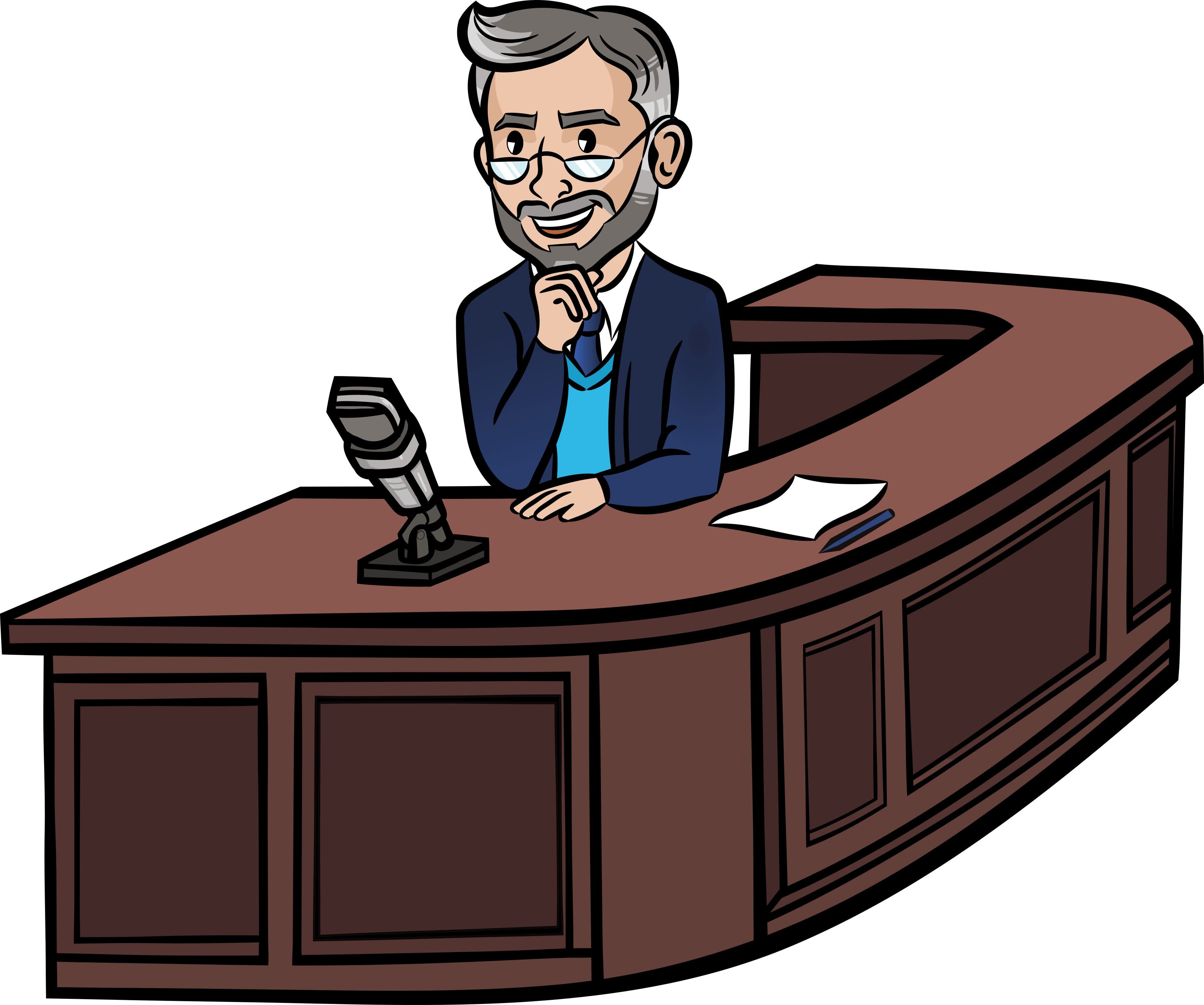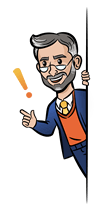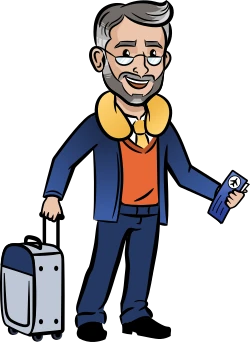
Shane, we’re excited that you’re now officially on the roster here at Sales Funnel Professor and bringing your decades of experience to your work as a strategist for companies that need to level-up in the ability to connect customers with their great products and services.
A common “broken” piece of a sales funnel is poor content optimization… the middle of the sales funnel is generic or hard to navigate. It may have confusing, inaccurate, unbranded or off-brand, or sloppy copy and/or imagery.
You’ve helped large and small companies identify and solve those issues, and watched the economic results accelerate, so we’re excited to share your thoughts with our readers.
Now for the good stuff!

Table of Contents
A Little Background
What Are Your Favorite Brands?
What IS Content Optimization?
Financial Benefits of Content Optimization
A Case Study
Shane’s Advice for Content Optimization
A Little Background?
Q: Shane, before we jump into content optimization. Can you give us a little bit of background on how you came to have such a depth of knowledge in this arena. How did you get started in marketing in the first place?
A: I started my career as a copywriter, so although migrated over the years into strategy, content will always be relevant to me. In many cases, content can make or break consumer engagement and conversion. In addition to working in creative and digitally focused companies, I had the opportunity to work in management consulting.
This allowed me to see the business side of marketing, and this opened my eyes to the ROI and measurement when it comes to marketing. Most recently, I have been working with brands to help them better understand how to use content both strategically through positioning and differentiation, and tactically through continuity, clarity, and relevancy.
Q: What have been some of your favorite stops along your career journey to date?
A: Some of my favorite stops along the way have been managing large teams serving a single client. You wake up solving for a giant brand and that’s exciting. On the other hand, working with scrappy startups is a lot of fun too. Being in an environment where you must wear several hats and be super-judicious about how marketing dollars are allocated is always a great challenge.
What Are Your Favorite Brands?
Q: What are some of your favorite brands that you’ve worked on directly?
A: I spent years consulting for Coca-Cola, and I wouldn’t trade that experience for anything. There are so many facets to the beverage business that consumers never see. Working in highly regulated industries like pharma, healthcare, and financial services is very compelling work and I enjoyed working with CVS, Johnson & Johnson, and Merrill Lynch. Other notable mentions are Samsung, The Home Depot, Lowe’s, IHG, AT&T, Publix, and Toyota.
What IS Content Optimization?
Q: For non-marketers and even marketers, content optimization (like many terms) is pretty ambiguous. Can you give us your definition?
A: Content optimization evaluates how brands communicate with their audiences and looks for ways to improve these communications. The process involves understanding a brand’s audience and delivering the right information, with the right context at the right time.

Professor’s Note
To put it simply, Content optimization is about making your writing easy to find and appealing to as many readers as possible.
It involves using the right words and making your content interesting so that search engines show it to more people.
Q: To what surfaces does it apply?
A: This applies to more than just words. It cuts across all forms of communication including images, infographics, podcasts, videos, public relations, advertising, social media posts, and even the way employees speak to customers.
Q: When content is not optimized, what challenges does a company face?
A: Content is often viewed from a “once it’s done, it’s done” perspective. But it should be viewed as an ever-changing medium that if not adjusted over time, will harm a brand by picking away at the brand’s credibility and eventually manifest with a decline in brand performance.

Q: What are some of the lenses or categories of content optimization?
A: There are two sides to content optimization. The first part is from a strategic level. For content to be effective, it must align with a brand’s mission and objectives. This strategic lens will inform the voice and tone of content and ensure that brand communications are grounded in the right brand nuances to drive consistency and consumer trust.
The second level is defining and deploying tactics to make needed adjustments to content to ensure that it aligns with the strategic requirements. This includes tactics such as keyword optimization for SEO, improving headlines, making content more scannable, fixing broken links, and enhancing visual elements.
Other important tactics include evaluating content effectiveness across the funnel. Content tactics should be tuned to all phases, awareness, consideration, conversion, and retention.
Financial Benefits of Content Optimization
Q: For more financially oriented people, how content optimization or lack thereof impact revenue?
A: Brands often make the mistake of jumping to the tactics without spending the effort to ensure that they are aligned with the brand’s strategic vision or mission. When this is done, consumers begin to doubt the authenticity of the brand. Eventually, this will hurt sales and brand loyalty.
Q: What ROI on other marketing investments?
A: A key component in content optimization is measurement. This starts with establishing KPIs to assess the effectiveness of content. KPIs may include search results, website traffic, social media engagement, conversion rates, video views, and more. By measuring these key areas brands can refine content to ensure it is delivering the best return on investment.
A Case Study
Q: From a process perspective, can you tell us about a time you helped a company optimize their content?
A: I’ve worked with medical cannabis clients, and this is a very challenging category to work in from a content perspective. Because there is so much stigma associated with cannabis, content must be scrutinized to make sure that it doesn’t trigger a negative emotion. Also, because it is a highly regulated industry, words and claims must be used carefully to not put the brand at risk of being shut down by the government.
So, in this case, the process was quite lengthy. Once we understood how the brand was positioning its product in the market, and how it differentiated from its competitors, we developed personas and then began to review their content. At that point, we isolated words and phrases that could trigger a negative emotion and we tested this content with real people that aligned with our personas. From there we made adjustments across all their communications which ranged from online experiences, trade shows, and kiosks, to direct mail and email, and even how the in-store associates positioned the product to customers.
Q: What team members were on the project?
A: This was a collaborative project, meaning the client was heavily involved with it every step of the way. Our team consisted of a brand strategist, a user experience practitioner, a copywriter, a visual designer, and an account lead.
Q: How long did it take?
A: We used an agile methodology that involved continuous evaluations done with daily stand-ups. The clock was ticking to get these assets built and we knew that aside from meeting the deadlines, success would be heavily dependent on how we effectively communicated the brand. A lot of work went into re-crafting product names and driving a health and wellness message. We were able to test and deploy optimized content assets within 60 days.

Q: What were the results?
A: We set our KPIs which were focused on comparing optimized content to the original content. This included SEO, onsite traffic metrics, lead generation, and ecommerce metrics. The new content-enriched experiences delivered a 30% lift on average.
Shane’s Advice for Content Optimization
Q: Any quick tips for companies looking to do their own content optimization?
A: The biggest tip is to view content strategically. Make sure you understand what your brand stands for before you start adjusting content. This upfront work will save you a lot of time when you are working at the tactical level.
Q: At Sales Funnel Professor, we’re always working on our Sales & Marketing Jargon Encyclopedia… What’s a phrase or concept that we don’t already have that you would like to share?
A: On the SEO side, ALT Attribute is a cool concept. It’s an “alternative” text version of an image that is displayed on a website. This helps search engines decipher the subject of an image, so they know when to include an image in relevant search results. This makes images with “alt” attributes more likely to be found.
Also, with the influx of AI tools being used to optimize content, the concept of Content Bias is important. AI algorithms may make inaccurate or unfair recommendations. Businesses need to be aware of this risk and should consider using content experts for this type of work.

